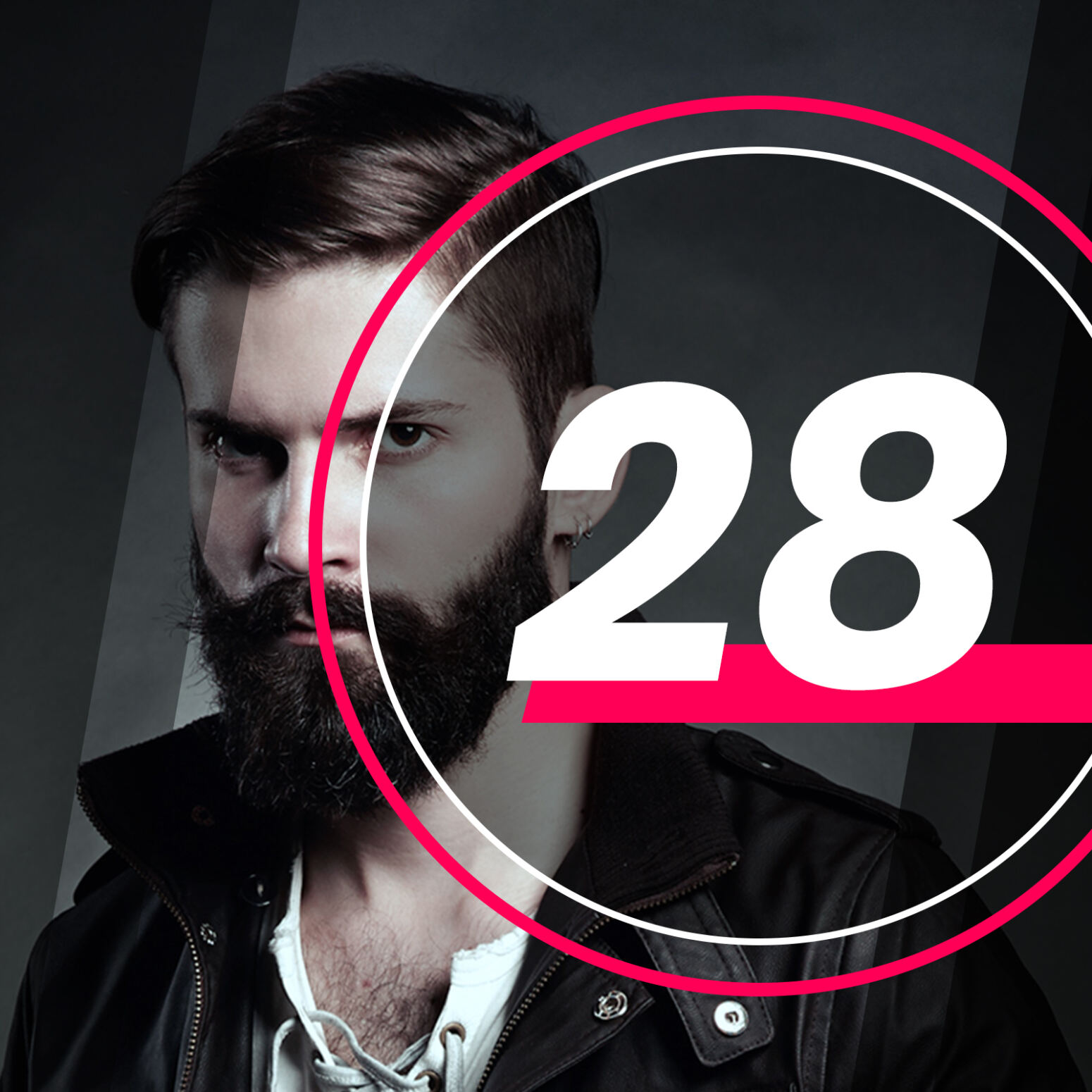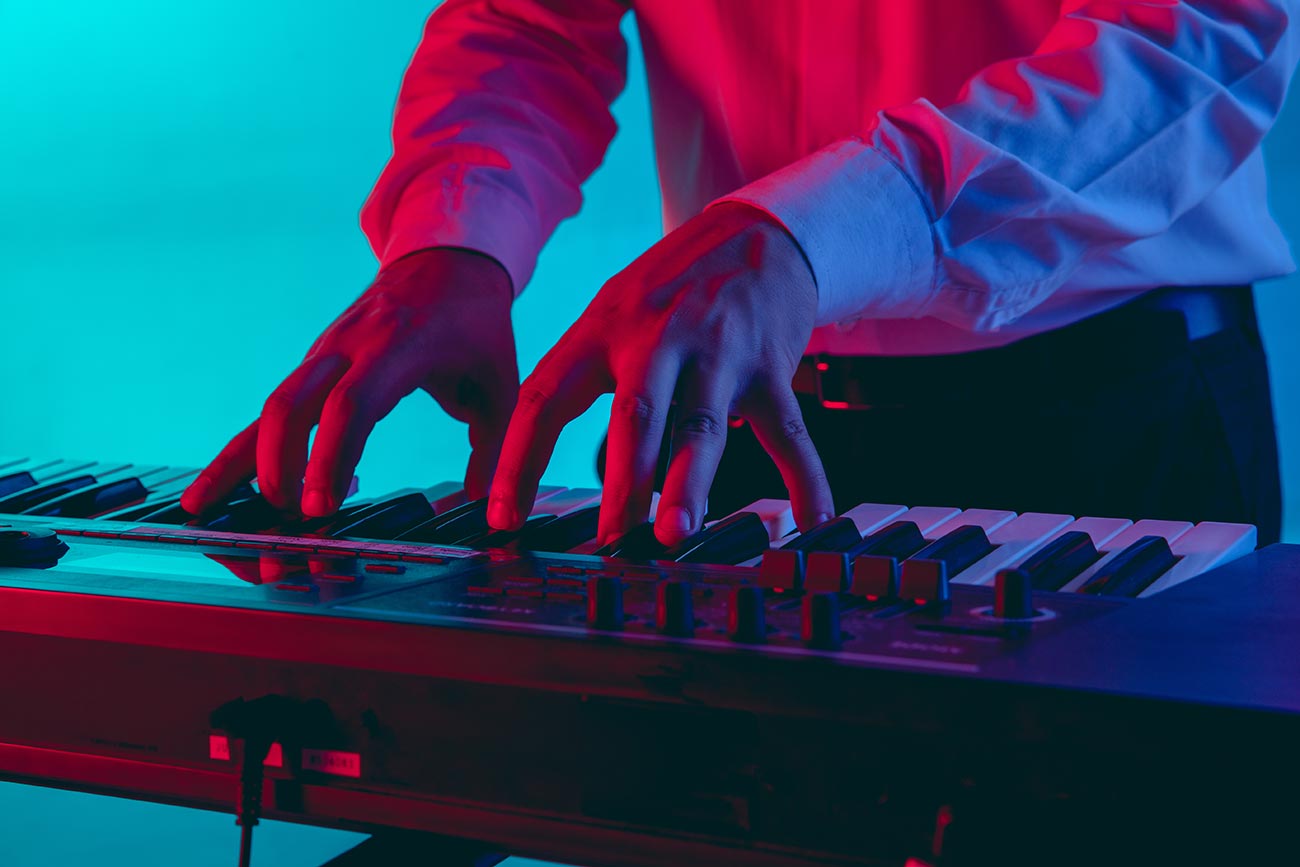-
 play_arrow
play_arrow
Clubalicious Clubalicious Radio
-
 play_arrow
play_arrow
London Calling Podcast Yana Bolder
 Australian rock ’n’ roll band Midnight Oil broke into the U.S. charts with an explosive single from their album Diesel and Dust. “Beds Are Burning” was powerful on every level: musically, politically, sonically, even visually. In fact, anyone who had an ear to the modern rock radio format in 1988 can almost certainly name this song in three notes: Those effected horn-and-drum blasts make an unforgettable intro.
Australian rock ’n’ roll band Midnight Oil broke into the U.S. charts with an explosive single from their album Diesel and Dust. “Beds Are Burning” was powerful on every level: musically, politically, sonically, even visually. In fact, anyone who had an ear to the modern rock radio format in 1988 can almost certainly name this song in three notes: Those effected horn-and-drum blasts make an unforgettable intro.
Midnight Oil were already a huge band in Australia before they made Diesel and Dust. They had put out three Top 10 albums and had gained popularity as well as notoriety for their political activism. The lyrics of “Beds Are Burning” demand reparations to Australia’s Pintupi people, who—like Native Americans in the United States—had been relocated and marginalized by whites: “The time has come/To say fair’s fair/To pay the rent/To pay our share.”
Midnight Oil was a band with a message as well as ambition, and they enlisted the help of producer Warne Livesey—who had already achieved significant success with The The and Julian Cope, among others—to help take their sounds to a larger audience.
“We spent a long time with them sending me demos and having conversations about the direction of the record,” says Livesey, who was working in the UK when he began talks with Midnight Oil. “’Beds Are Burning’ was one of the last songs they wrote for the album; it was in the last batch of demos they sent me. That demo didn’t have any verse lyrics on it, but it did have the chorus, and it was very long—a jam. I responded immediately to that absolutely first-rate, killer, hook-y chorus with a great lyrical message.”
Livesey traveled to Australia to begin a week of pre-production with the band, fine-tuning lyrics and arrangements, and developing production ideas. Midnight Oil originally planned to make the album in Sydney’s Studios 301, but it wasn’t available, so the team set up in Alberts Studios, the facility owned by the national music-publishing/rights-management company. Guy Gray, an independent who had begun his career with EMI Australia, engineered the sessions.
“My role was to capture the energy of what this great rock band did live and what I’d heard when I was invited to their pre-production sessions with Warne,” Gray says. “One of the first things we noticed was that Rob Hirst never looks like he’s working that hard, but he’s a very powerful drummer. He’s what we call a ‘wood chipper’: He chews up drum sticks pretty quickly. We agreed that the drum room wasn’t live enough for us, so we ordered some corrugated iron roofing from a local hardware. We applied it to the walls of the drum room and it complemented what we wanted to do, to get a different timbre and a more percussive attack.
“Another thing I remember was using the DMX 15-80S, a stereo sampler delay from AMS Neve,” Gray continues. “One of the big things that had started happening on records that came out in the UK and the States at that time was, we would sample drums and then trigger those drum sounds back into the mix. Obviously, we can do that in a DAW these days, but this was cutting-edge then, and we did add some sounds back to Rob’s drum kit by flipping the tape, playing it backward, recording a trigger from something like the snare drum, then flipping the tape back again. Then we would have an ahead-of-time trigger. It was tricky stuff because we were playing a digital tape backwards to create that trigger from the analog tracks!“
“We wanted to create a unique start to the song,” Livesey explains. “The intro is quite complicated and has a lot of reverse effects leading up to it. We created a reverse reverb sucking up to the impact; that still didn’t seem signature enough, so we ended up using two different delays at different subdivisions that surged up to that first note. The other thing we did was add the ticking clock.”
Gray remembers experimenting in the studio to get that singular clicking sound— miking a metronome placed in a musician’s mouth, and the musician opening and closing his mouth over the device.
“We recorded that into an Akai S900 to loop it and get it in time with the track,” Livesey says.
Classic Tracks: The Average White Band’s “Pick Up the Pieces”
That tick-tock creates its own unique tension, in concert with the blasts of the horns and drums. “That’s something Warne was brilliant at—coming up with a really unique sound,” Gray says.
The “Beds Are Burning” sessions were tracked to two Sony 3324s. The band laid down basic tracks live. Gray says that Alberts afforded good sightlines between the main tracking room and adjacent booths. Lead vocalist Peter Garrett sang a scratch vocal in the control room; he would overdub his leads and backing vocals later.
“A lot of the guitars and bass tracks we kept were those original live takes because they had so much gusto in the playing,” Gray says. “The Oils were a very powerful guitar band, and they had an amazing collection of vintage guitars to produce so many different, contrasting sounds. The paisley Telecaster was my favorite!
“On Martin [Rotsey] and Jim [Moginie]’s guitar amps—I think they were Vox and Fender, because I remember there being at least one AC30 in the studio—I had a go-to setup that I still use today: a Sennheiser 421 and a 57 right next to each other so that both capsules are phase-aligned, and a Neumann U 47 about three feet back. I had done an album with Ken Scott earlier in my career, and he taught me a lot about phase with microphones. I was lucky to have had some great teachers.”
For Garrett’s lead vocals, Gray and Livesey tried a few different microphones and ultimately settled on a Neumann TLM 170, into a Teletronix LA-2A. “I remember what he looked like standing out in the middle of the live room dwarfing that mic, because it’s quite small and Peter’s a big guy,” says Gray.
In the choruses, Garrett’s extraordinary voice is complemented by Hirst’s harmonies. “Robbie is an amazing singer in his own right,” Gray says. “Peter and Robbie did the backing vocals together, and then we doubled or tripled them to make them nice and fat sounding.”
“I think the bass player, Giff [Peter Gifford], also sang on that,” Livesey says. “It was a conscious decision to use their backing vocal capacity to its fullest extent. Rob is really good in the high registers, and the two guitar players, Jim and Martin, were great in the deeper registers. It was definitely a strong part of their sound that so many of the band members had unique voices.”
The horn section from the band Hunters and Collectors—trombone player Glad Reed and French horn player Jeremy Smith—was also overdubbed. Gray mainly remembers that they were double-tracked, and that it made Reed’s trombone sound “fat and beautiful.”
Diesel and Dust was mixed at Alberts on an SSL 4018 E Series console. “I remember that punch was really important with that particular track,” Gray says. “We used the Quad compressor on the SSL for the overheads, the rooms. We patched it so we could take the Quad out of the main bus and use it as a separate stand-alone compressor.”
Another piece that saw a lot of use during the mix was a Bel BD-80 sampler/digital delay that Gray still owns. “That was one of the very first samplers,” Gray says. “If you listen to that entire album, all the delays that you hear were that BD-80. We’d do stuff like return that delay back through an EQ channel—just a mono delay—and filter all the tops and bottoms out using midrange to tune the delays into the track. I still use that technique today. Or we’d put that onto some type of chorus—probably in a [Yamaha] SPX90. Peter Garrett loved that delay, and he’d always say to me, ‘You’re going to use your Bel, right, Guy?’ And I’d say, ‘Yeah we are, Peter. The Bel goes on everything.’”
The final track showcases the marvelous gifts of a great rock ’n’ roll band and the sonic creativity of Livesey and Gray. In Australia, the song not only became a Number One hit, but also increased awareness of injustices to Aboriginal Australians. In the U.S., listeners were fascinated by the beauty and power of the music, and by a video that depicted the band playing in the outback, with Garrett’s commanding voice and larger-than-life presence front and center. “Beds Are Burning” went to number six on the Billboard Hot 100 chart and entered the Top 20 on the Mainstream Rock and Dance charts.
Midnight Oil disbanded in 2002, when Garrett decided to focus his energy on a political career. He went on to represent the Australian Labor Party in a succession of government posts, including as a member of the Australian House of Representatives and Minister for the Environment, Heritage and the Arts. The band re-formed in 2009 to perform along with numerous other top Australian artists at a benefit to help bushfire victims.
After completing Diesel and Dust, Guy Gray engineered recordings for Patti Smith, Cyndi Lauper, Lime Spiders, David Bowie’s Tin Machine and many others. In August 2013, he accepted a permanent position as an in-house producer/engineer back at Studios 301 Sydney.
Warne Livesey continued working with Midnight Oil on and off through ’02, eventually relocating to Vancouver, B.C., where he has a studio. He’s made six albums with Canadian artist Matthew Good, and most recently produced up-and-coming Australian rock/folk artist Kim Churchill. For him and for Gray, the late-‘80s period was formative in terms of production style; they were becoming increasingly inventive and ambitious with studio technologies that would later become simpler and commonplace.
“That time period was the beginnings of sampling and digital technology. Electronic-based pop dominated the charts,” Livesey says, looking back. “The challenge we set was to make a rock record that was also contemporary and progressive.”
This article was first posted in April, 2014.
Written by: Admin
Similar posts
Recent Posts
- 🎶 New Music: JID, OneRepublic, Morgan Wallen, Post Malone, MarkCutz, Kidd Spin + More!
- Classic Tracks: The Fireballs’ “Sugar Shack”
- Classic Tracks: Arlo Guthrie’s “City of New Orleans”
- Classic Track: k.d. lang’s “Constant Craving”
- Classic Tracks: Waylon Jennings’ “Are You Sure Hank Done It This Way”
Recent Comments
No comments to show.Featured post

Latest posts

🎶 New Music: JID, OneRepublic, Morgan Wallen, Post Malone, MarkCutz, Kidd Spin + More!

Classic Tracks: The Fireballs’ “Sugar Shack”

Classic Tracks: Arlo Guthrie’s “City of New Orleans”

Classic Track: k.d. lang’s “Constant Craving”

Classic Tracks: Waylon Jennings’ “Are You Sure Hank Done It This Way”
Current show
Upcoming shows

The House Crunch
Terri B
00:00 - 01:00
In Session
Sister Bliss
01:00 - 02:00
Fresh Is Fresh
This Weeks Hottest Releases
02:00 - 09:00
Swedish Dance Chart
09:00 - 11:00

Fresh Is Fresh
This Weeks Hottest Releases
11:00 - 16:00Chart
Powered by Dee jay promotions visit us








 Invalid license, for more info click here
Invalid license, for more info click here